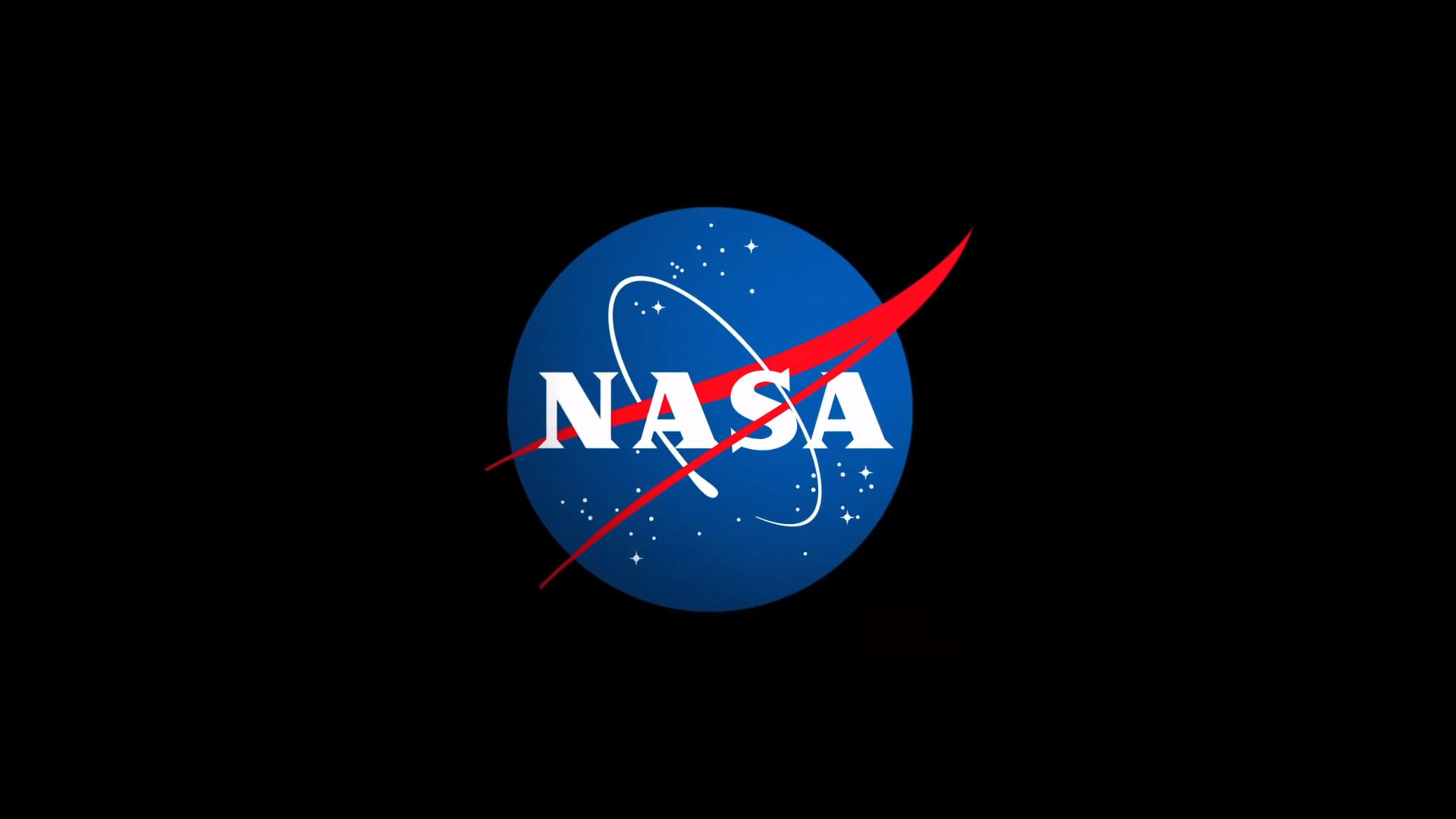NASA Selects Four Small Explorer Mission Concept Studies
Sep 29, 2023

NASA has selected four small explorer missions to conduct concept studies. These studies aim to expand knowledge of the dynamics of the Sun and related phenomena, such as coronal mass ejections, aurora, and solar wind to better understand the Sun-Earth connection.
Any missions selected to move forward after the concept studies are conducted will join the current heliophysics mission fleet, which not only provides deeper insight into the mechanics of our universe, but also offers critical information to help protect astronauts, satellites, and communications signals, and helps enable space exploration.
“These four mission concept studies were selected because they address compelling science questions and could greatly impact the field of heliophysics,” said Nicky Fox, the associate administrator for science at NASA Headquarters in Washington. “These mission proposals are exciting because they build upon and complement the science of our current mission fleet, have the potential for broad impact and could provide new and deeper insight into the solar atmosphere and space weather.”
CINEMA
The Cross-scale Investigation of Earth’s Magnetotail and Aurora (CINEMA) mission would work to understand the structure and evolution of Earth’s plasma sheet – a long sheet of denser space plasma in the magnetic fields flowing behind Earth, known as the magnetotail — using a constellation of nine CubeSats flown in sun-synchronous, low Earth orbit. The primary purpose of this mission is to study the role of plasma sheet structure, as well as how Earth’s magnetic fields transfer heat and change over time at multiple scales. CINEMA will complement current heliophysics missions, such as the THEMIS (Time History of Events and Macroscale Interactions during Substorms), MMS (Magnetospheric Multiscale) mission, and the planned Geospace Dynamics Constellation mission. The principal investigator for the CINEMA mission concept study is Robyn Millan from Dartmouth College, in Hanover, New Hampshire.
CMEx
The Chromospheric Magnetism Explorer (CMEx) mission would attempt to understand the magnetic nature of solar eruptions and identify the magnetic sources of the solar wind. CMEx proposes to obtain the first continuous observations of the solar magnetic field in the chromosphere – the layer of solar atmosphere directly above the photosphere or visible surface of the Sun. These observations would improve our understanding of how the magnetic field on the Sun’s surface connects to the interplanetary magnetic field. The principal investigator for this mission concept study is Holly Gilbert from the National Center for Atmospheric Research in Boulder, Colorado.
EUV CME and Coronal Connectivity Observatory
The Extreme ultraviolet Coronal Mass Ejection and Coronal Connectivity Observatory (ECCCO) consists of a single spacecraft with two instruments, a wide-field extreme ultra-violet imager and a unique imaging EUV spectrograph. ECCCO’s observations would contribute to understanding the middle corona, the dynamics of eruptive events leaving the Sun, and the conditions that produce the outward streaming solar wind. The mission would address fundamental questions about where the mass and energy flow linking the Sun to the outer corona and heliosphere originate ECCCO’s concept study principal investigator is Katharine Reeves from the Smithsonian Astrophysical Observatory, in Cambridge, Massachusetts.
MAAX
The primary objective of the Magnetospheric Auroral Asymmetry Explorer (MAAX) mission would be to improve our understanding of how electrodynamic coupling between Earth’s magnetosphere and ionosphere regulates auroral energy flow. The mission would use two identical spacecraft equipped with dual-wavelength ultraviolet imagers to provide global imaging of northern and southern aurora. The principal investigator for the MAAX concept study is Michael Liemohn from the University of Michigan in Ann Arbor.
“These mission concept study selections provide so much promise to ongoing heliophysics research,” said Peg Luce, acting Heliophysics division director at NASA Headquarters. “The potential to gain new insights and answer longstanding questions in the field while building on the research and technology of our current and legacy missions is incredible..”
Funding and management oversight for these mission concept studies is provided by the Heliophysics Explorers Program, managed by the Explorers Program Office at NASA’s Goddard Space Flight Center in Greenbelt, Maryland.
For more information on NASA heliophysics missions, visit:
https://science.nasa.gov/heliophysics
-end-
Denise Hill
Headquarters, Washington
202-308-2071